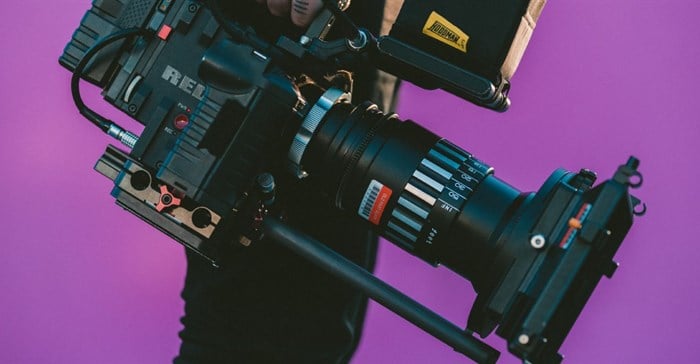






And by “good”, I mean a performance-driven creative that will motivate viewers to act in the desired way when they see it.
The first challenge brands usually face on the road to developing strong creative is the number of agencies involved. The creative agency comes up with a great concept, but can the production company produce it within budget and on time?
The media agency books the spots for the creative, but are they looking at previous campaign results to base their channel, day and day-part selection on? Using one agency to handle all these aspects will result in an integrated campaign where performance is top of mind throughout the entire process.
When data is at the core of every step in the creation and production process, you know that all elements – concept, script, actors, etc. – are crafted and chosen based on real data.
Here’s a five-step approach to developing performance-driven creative:
The first step in the creation process is to evaluate data. By analysing the client’s target group, competitors as well as drivers and barriers to purchase, we have access to real insights that are used in the creative brief.
Measuring the performance of previous campaigns is also a crucial part of the process. And by performance, I’m not referring to how many people were reached at which frequency, I mean how did the campaign perform in relation to business KPIs – visits to the website, app downloads, conversions, etc.
By using two data sets – the client’s TV schedule and website traffic data – TV attribution software can measure how individual spots and media placement affects ROI. This information is very valuable in the C&P process to ensure that every campaign performs better than previous ones.
Using data from consumer psychology, learnings from attribution software and target group preferences, an AI booster can be used to develop an objective message for the creative based on language and target group.
If the target for the creative is, for instance, a male person living in South Africa, the AI booster will replace words or phrases that won’t resonate with the target. Every step brings you closer to developing creative with a strong performance foundation.
Would you buy a new car based on gut feeling only? Why then trust only your gut when it comes to your creative? By testing creatives, we can identify what creative resonates most with the client’s target audience and has the best chance of delivering the desired results.
This is done before production starts, using storyboards to explain concepts to the participating focus groups.
Now that we know what creative concept has the best chance of delivering the desired results, the production process can start.
Even now, data is still the backbone of the process with research-enhanced production. Testing the cast to determine who is more likeable, the most premium candidate or the best for a TV commercial featuring a specific product or service.

